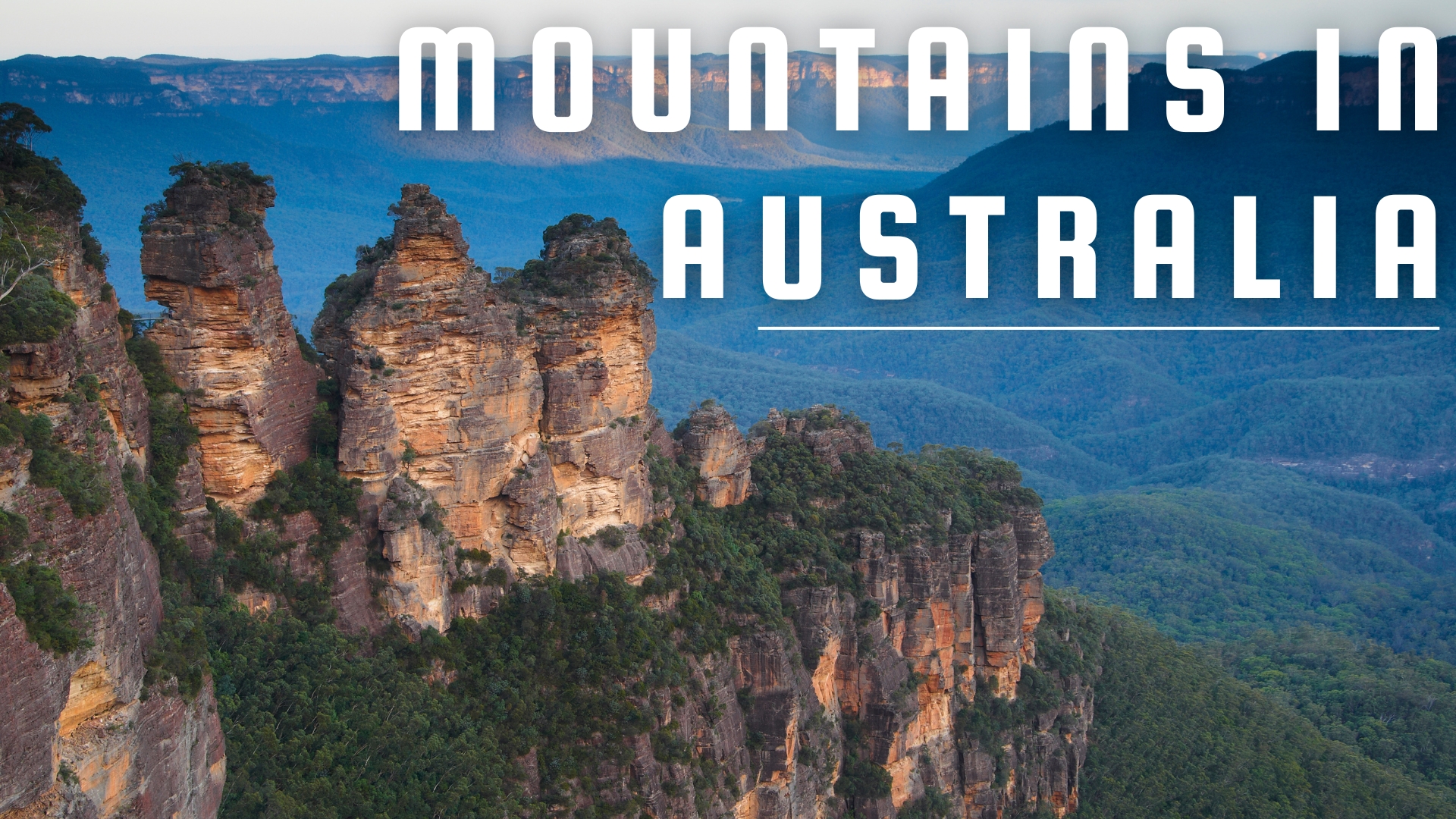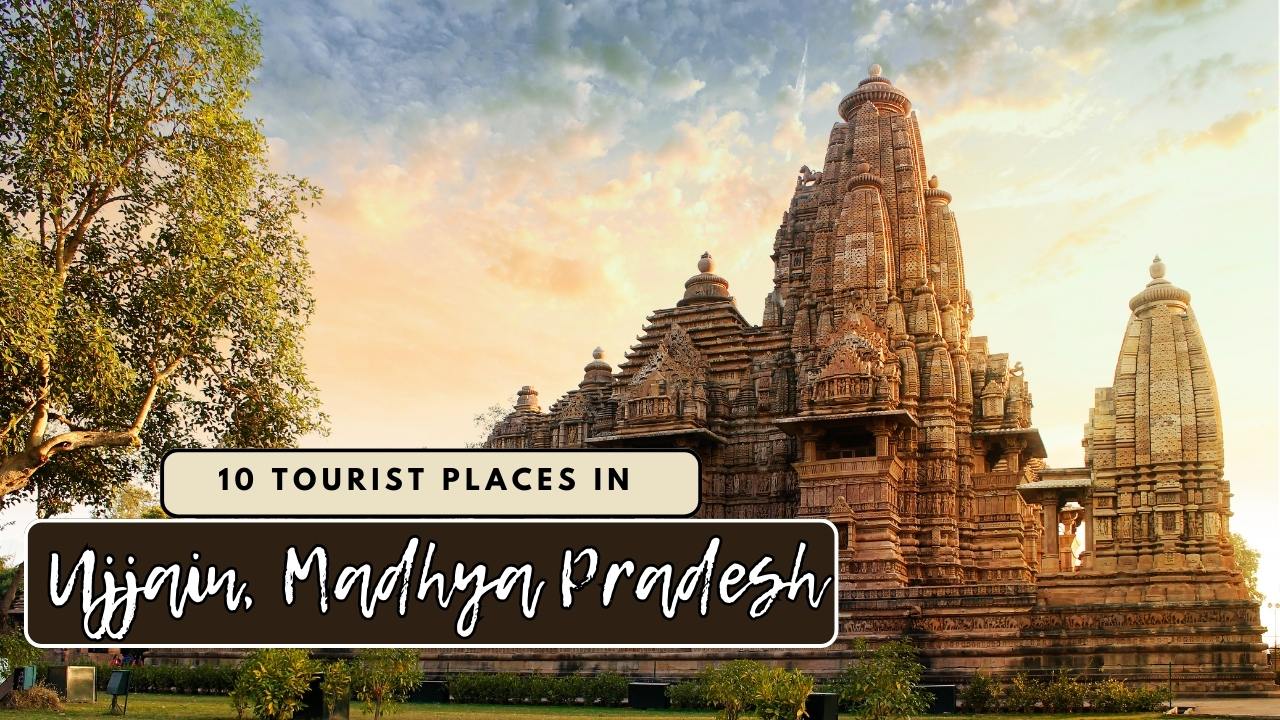Mountains In Australia : When purchasing vacation packages to Australia, travelers typically consider the country’s plains and deserts, breathtaking beaches, unique fauna, Australian bush, Great Barrier Reef, and summertime Christmas. However, many are unaware that some of the best mountain ranges in the world can also be found in the Land Down Under. With so much to offer, you shouldn’t pass up these incredible locations located far above the Australian mainland if you’re planning a trip to the island nation anytime soon.
Famous Mountains in Australia
With so much to offer in terms of adventure, wildlife, breathtaking vistas, and captivating landscapes, the Australian mountain ranges are sure to satiate the wanderlust of all types of travelers. Australia’s principal mountain ranges are as follows:
- The Great Dividing Range,
- Australian Alps,
- The Snowies, and
- The Blue Mountains of Australia.
And nestled amidst these ranges are some of the most popular peaks of the continent, which include:
- Mount Kosciuszko
- Green Mountains
- Uluru
- Mount Barney
- Glass House Mountains
- Mount Warning
- Mount Wycheproof
- Mount Buller
- Mount Feathertop
- Cradle Mountain
The Main Mountain Ranges of Australia
The Australian mountain ranges offer a variety of captivating landscapes, including lush foliage, tinkling waterfalls, and summits covered with snow.
The Great Dividing Range
The Great Dividing Range, also known as the Eastern Highlands, is one of the longest mountain ranges in the world and is home to the majority of Australia’s main mountains. The range, which spans 3500 km, originates on Dauan Island and extends along Australia’s eastern coast, passing through Victoria and New South Wales until vanishing and merging into the central plain at the Grampians.
With a geological history spanning over 300 million years, the Great Dividing Range features a varied terrain that varies from wet to dry. The mountain ranges are home to both ancient rainforests and snow-capped peaks.
The Australian Alps
The tallest mountain peak in Australia, Mount Kosciuszko, is located in the Alps, which are a component of the Eastern Highlands. The only location on the continent that can brag of consistent substantial snowfall is the Australian Alps, which cross over into the Australian states of Victoria, Australian Capital Territory, and New South Wales.
These are Australia’s largest mountains, home to 16 national parks and reserves. They are well-liked for a variety of activities, including mountain biking, hiking, skiing, white water rafting, caving, kayaking, and taking in the breathtaking mountain views.
Next Article: The Best Time To Visit New Zealand | Buzz On Net
The Snowies
The tallest peak range in Australia, the Snowy Mountains, is tucked away within the Australian Alps. With a variety of activities available all year long, including summertime river swimming, mountain biking, and outdoor walks; fall foliage and misty mornings for breathtaking hikes; springtime rafting; and winter’s powdery snow, the Snowies have something to offer everyone!
The Blue Mountains of Australia
Only 50 kilometers separate Sydney and the Blue Mountain Range, home to Australia’s well-known “three sisters.” The mountain range, one of Australia’s top tourist destinations, is blanketed in eucalyptus forests that periodically spray tiny droplets of oil. The oil droplets and sunshine combine to give the mountains a captivatingly unique blue hue that is a result of their interspersion among the water vapor in the atmosphere. This unique hue also gives the range its name. In addition to housing the steepest passenger train, an old rainforest, waterfalls, valleys, and much more, the mountains are the starting point for a multitude of walking paths. Additionally, they are home to the well-known Echo Point, from which you can access the Three Sisters of Australia, one of the most magnificent locations in these ranges, via the “Giant Stairway.”
The Best Mountains in Australia for Your Next Trip
An itinerary covering some of Australia’s top peaks and summits can be created, whether you’re on a tight schedule or just want to take a shorter vacation.
1. Mount Kosciuszko
At 2228 meters above sea level, Mount Kosciuszko is the highest summit on the mainland. One of Australia’s most famous mountains, Mount Kosciuszko was designated a World Biosphere Reserve by UNESCO in 1997. The mountain is well-known for its amazing vistas, fantastic hiking opportunities, and snowfall from early June to late October.
2. Green Mountains
These Australian mountains offer vistas that are beyond description and span some of the most isolated parts of the Gold Coast. The Green Mountains, which are near O’Reilly, provide strolls through lush forests, rivers, and waterfalls. All skill levels can enjoy the treks and hiking trails here, which offer breathtaking views of the Gold Coast as soon as you reach the top.
3. Uluru
Uluru is a gigantic red rock that rises towering from the earth in the middle of Australia. It is also known as Ayers Rock or more frequently as the Red Mountains of Australia. The unique creation has been revered as a sacred site by the Aboriginal people of Australia for over 10,000 years, and it is a highly sought-after tourism destination. The sight of the red mountains alone is enough to leave many in awe.
4. Mount Barney
This is the fifth-highest mountain in Queensland and a popular spot for campers and bushwalkers alike. One of the most striking locations in the Scenic Rim Region, Mount Barney is home to some of the toughest bushwalking paths, fit only for the most fit hikers. The peak is important territory for the people and is also home to Mount Barney National Park.
5. Glass House Mountains
These eleven hills make up the major terrain with expansive vistas that is positioned on Australia’s Sunshine Coast. According to the legends surrounding these mountains, the highest peak, Mount Beerwah, is the pregnant mother and the most recognisable hill, Mount Tibrogargan, is the father. The other hills, which stand in for their offspring, surround them.
6. Mount Warning
Mount Warning, often known as Wollumbin to the locals, is the most well-known natural landmark in the Tweed Range. Being the first location on the mainland to receive the first light of the morning sun, this location is important to both residents and visitors.
7. Mount Wycheproof
The Aboriginal phrase “wichi-poorp,” which means “grass on a hill,” is where this mountain gets its name. Mount Wycheproof, the world’s smallest mountain, is one of Australia’s most well-known peaks, rising 148 meters above sea level. In addition to being the location of the settlement of Wycheproof, the mountain is well-known for producing Wycheproofite, a rare geological material that is exclusive to the surrounding region.
8. Mount Buller
One of the most well-liked and conveniently located ski resorts in Australia is located in Mount Buller. With the breathtaking view of the town serving as a backdrop, the mountain offers over 741 acres of terrain for hikers of all skill levels as well as snow sports like tobogganing, skiing, snowboarding, and other activities.
9. Mount Feathertop
Part of the Australian Alps, Mount Feathertop is the second-highest peak in Victoria. Situated in the Alpine National Park, the summit rises to a height of 1922 meters above sea level. Snow typically covers it from June to September. The mountain offers breathtaking views in the summer and fantastic skiing experiences in the winter.
10. Cradle Mountain
One of Tasmania’s most visited natural landmarks is the striking Cradle Mountain, located in the Central Highlands Region. The mountain is located within the Tasmanian Wilderness World Heritage Area, which is home to old rainforests, alpine meadows, and aromatic eucalypt trees. This is also the place where visitors can take part in Australia’s premier Alpine Walk, a 6-day journey over beautiful alpine scenery totaling about 65 km.
This is by no means an exhaustive list of everything that can be done among Australia’s many enigmatic and magnificent mountains.
Disclaimer
All the information given in this blog is for your information only and is not used for commercial purposes. Although we do not ensure the accuracy and completeness of this information. We make every possible effort to do so, but there may still be some errors in it. We Will not be held liable in any way for possible damages arising from the use of the article.




